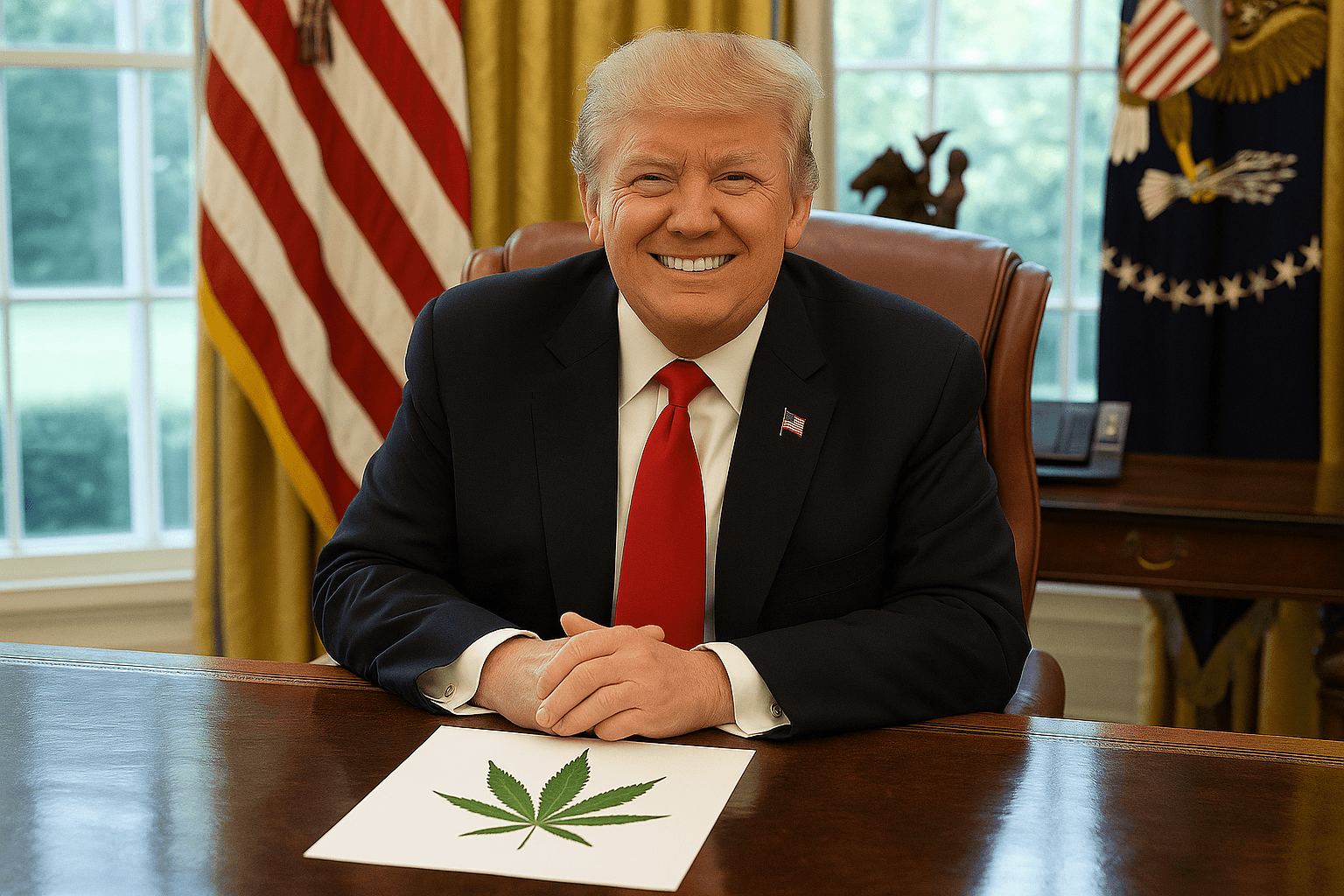Job Market Still Looks Grim Despite Lower Unemployment Rate

dropped to 6.7 percent last month, the lowest it has been in over five years.
However, that's not the comforting news it might initially sound like. The unemployment rate only counts people who are "officially" unemployed -- not those who have stopped seeking work.
"The complicating factor is that people enter and leave the labor force for various reasons," explained Michael Vernarelli, professor of economics at the Rochester Institute of Technology. "People get discouraged and stop looking for work. Then they are not counted as unemployment, but rather 'out of the labor force.' These are the so-called discouraged workers."
Rather than look at the unemployment rate, a better measure of America's economic health might be the employment rate, and the story it tells is not a pleasant one.
"The percentage of the population aged 16 and over with a job -- known as the employment-population ratio or the employment rate -- plunged in the recession and has barely increased since," explained Chad Stone, chief economist with the Center on Budget and Policy Priorities. "That is a better indicator of the true condition of the labor market right now because it takes into account the effects of both unemployment and decreased labor force participation."
The employment rate sank below 60 percent in 2009, and has hovered at just over 58 percent for the past few years, according to the Bureau of Labor Statistics. As of December 2013, it was 58.6 percent.
To put this in perspective, if the discouraged workers who left the workforce after October 2007 started looking for work again, the unemployment rate would be a whole percentage point higher, at 7.7 percent.
The situation is made more dire as unemployed workers are left without resources. Nearly 5 million Americans will lose out on unemployment benefits over the course of 2014,Stone predicted, due to Congress failing to extend emergency jobless benefits in December.
.But it's not all doom and gloom. The labor force may be shrinking for a very natural reason -- baby boomers are retiring
Additionally, young people are studying longer. As higher education and unpaid internships become the norm, fewer young folks are moving directly from high school into the workforce.
Of course, it's impossible to tell exactly to what extent these factors affect employment numbers. Until more time passes, economists -- along with everyone else -- must wait to see what the future holds.



